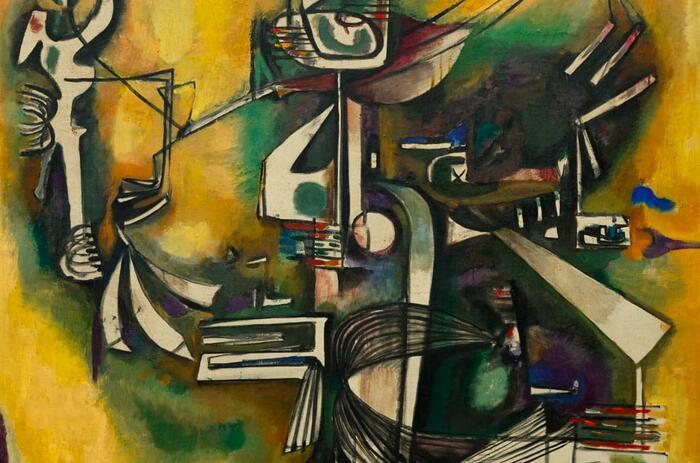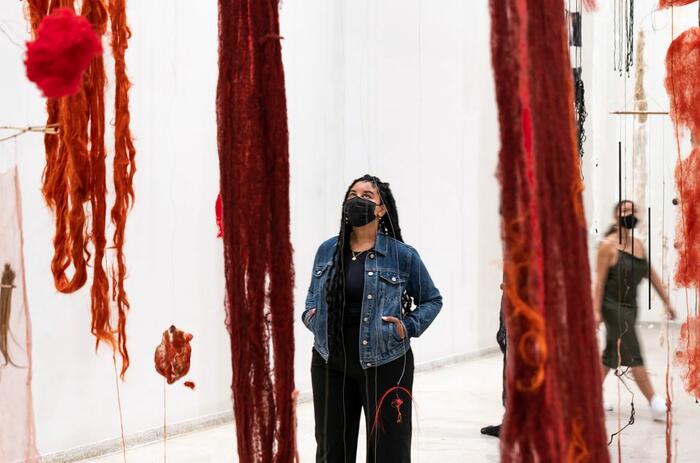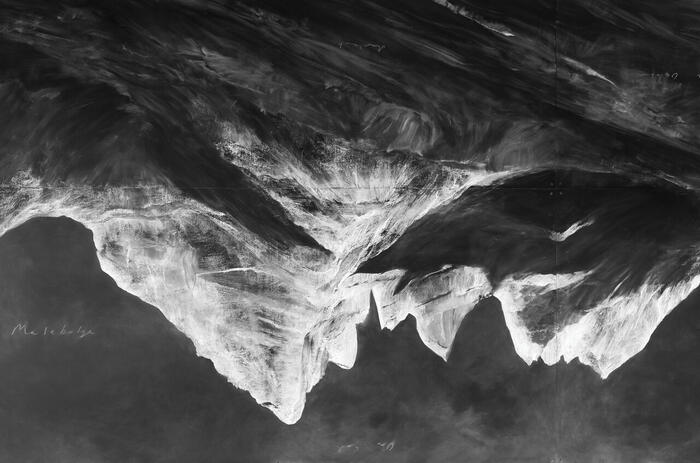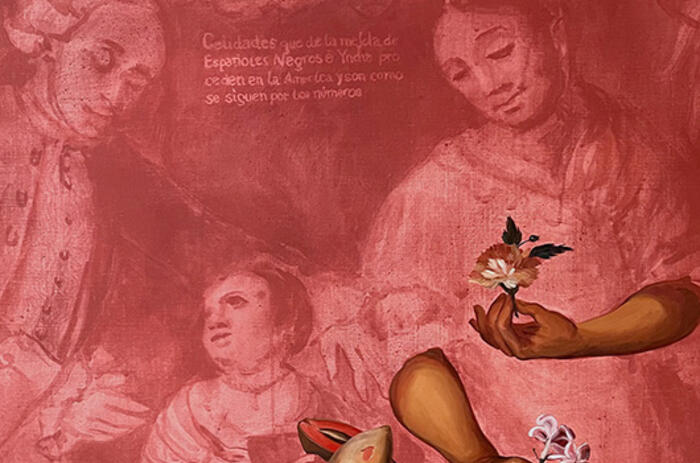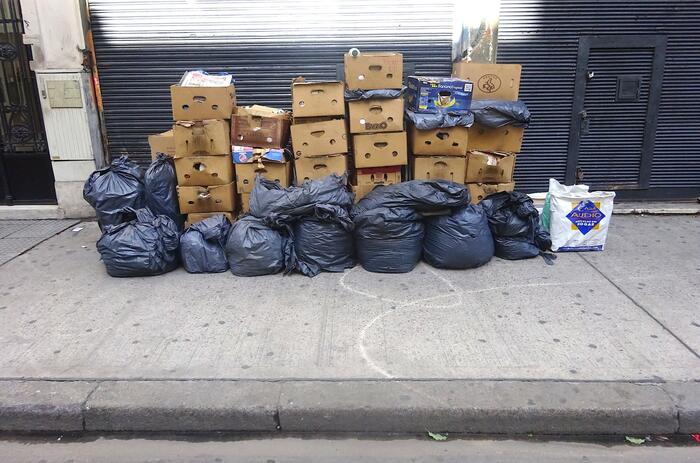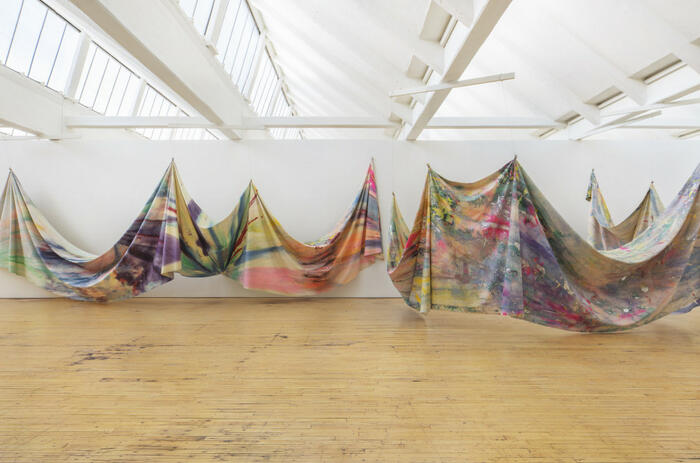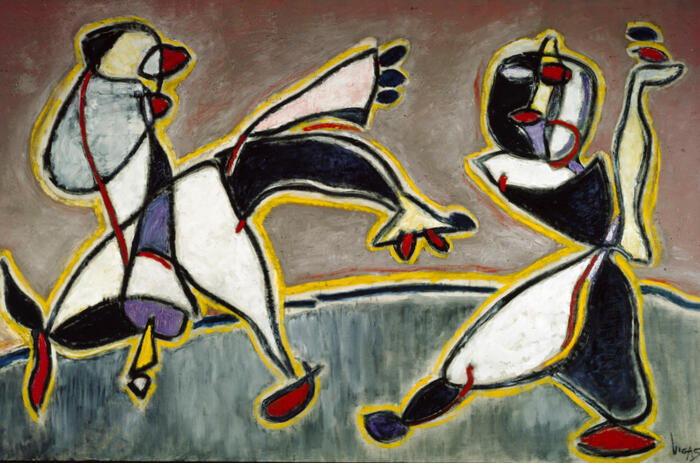CARMELO ARDEN QUIN’S PAINTINGS AND TRANSFORMATIONS
Buenos Aires - The Museo Nacional de Bellas Artes inaugurated the exhibition "Carmelo Arden Quin, in the plot of constructive art", which offers an overview of the Uruguayan master's production through a hundred works from different periods of his career, exhibited along with pieces by colleagues with whom he forged links and joined artists groups. Curated by Cristina Rossi and open until November 20.
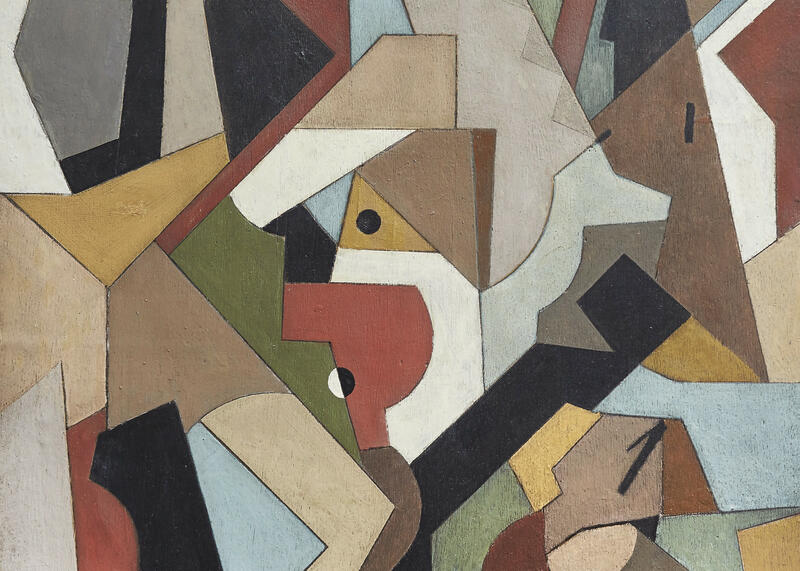
Carmelo Arden Quin (b. Carmelo Heriberto Alves; 1913 –2010) was a Uruguayan artist. Arden Quin’s primary focuses were painting and poetry. From a young age, Arden Quin was an ambitious and idealistic artist. Today, Arden Quin is most recognized for his co-founding of the Madí movement, which began in Argentina but ultimately became an international movement. Arden Quin’s commitment to invention, rather than replication or representation, drove his relentless pursuit of new forms and ideas.
“Carmelo Arden Quin is a central figure in River Plate culture –says Andrés Duprat, director of the museum–. The exhibition that the Museum dedicates to the artist retrospectively reviews his plastic and poetic work, in addition to placing his production in a plot that explores the different groups that he integrated over time. The exhibition will allow us to discover the vitality of a creator who redoubled his commitment to a plural and playful art”.
“Carmelo,” adds Rossi, “was born in 1913 and went through the entire 20th century, but, fundamentally, he was a young man at a time when the struggles for the advance of fascism called for him to take a stand, to transform from his place. And this has been the position that Arden Quin adopted very early, who soon understood that this fight could not be carried out alone.”
-
Carmelo Arden Quin - "Couronnes V" (Coronas V), 1948 - Óleo sobre cartón, 54,5 x 33 cm - Legado Carmelo Arden Quin
-
Carmelo Arden Quin - "Bleu, blanc, noire" (Azul, blanco, negro), 1956 - Óleo sobre cartón - 51,7 x 39,4 cm - Legado Carmelo Arden Quin
-
Carmelo Arden Quin, en la trama del arte constructive. Crédito: Gustavo Cantoni. Museo Nacional de Bellas Artes
-
Grete Stern - Madí Ramos-Mejía, 1947 (copia de 2017) - Fotomontaje, gelatina de plata sobre papel - 41,5 x 36 cm - Archivo Grete Stern – Cortesía Galería Jorge Mara-La Ruche
-
Carmelo Arden Quin, en la trama del arte constructive. Crédito: Gustavo Cantoni. Museo Nacional de Bellas Artes
-
Carmelo Arden Quin - Brume (Bruma), 1945 - Laca sobre madera, medidas variables - Legado Carmelo Arden Quin
-
Carmelo Arden Quin - Sin título, de la serie Plastique, 1985 - Acrílico sobre madera plastificada, piezas metálicas - 63 x 56,2 x 8,7 cm - Legado Carmelo Arden Quin
-
Piergiorgio Zangara - "Diagonale scatolare in sequenza nº 2", 2001 - Acrílico sobre plexiglás - 110 x 116 cm - Colección MACLA - Museo de Arte Contemporáneo Latinoamericano de La Plata
The route proposed by the exhibition includes the early production of the artist −according to the idea of invention proposed in 1945 by the Movimiento Arte Concreto Invención− and the developments to which he arrived from a personal poetics, in which the irregular and free forms, trimmed frames, coplanar forms −articulated forms− and galbée forms −concave works−, as well as mobile sculptures that promoted the active participation of the viewer.
The set of works that make up the exhibition comes from the artist's legacy, from the collection of the Museo Nacional de Bellas Artes and other public and private institutions, such as MACBA, MALBA and the Sívori Museum. Works were also loaned by more than 20 private collectors.

